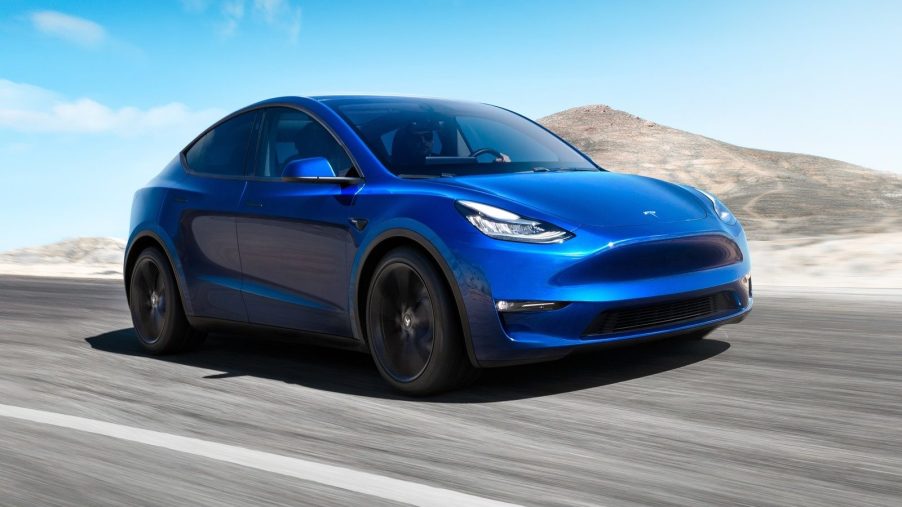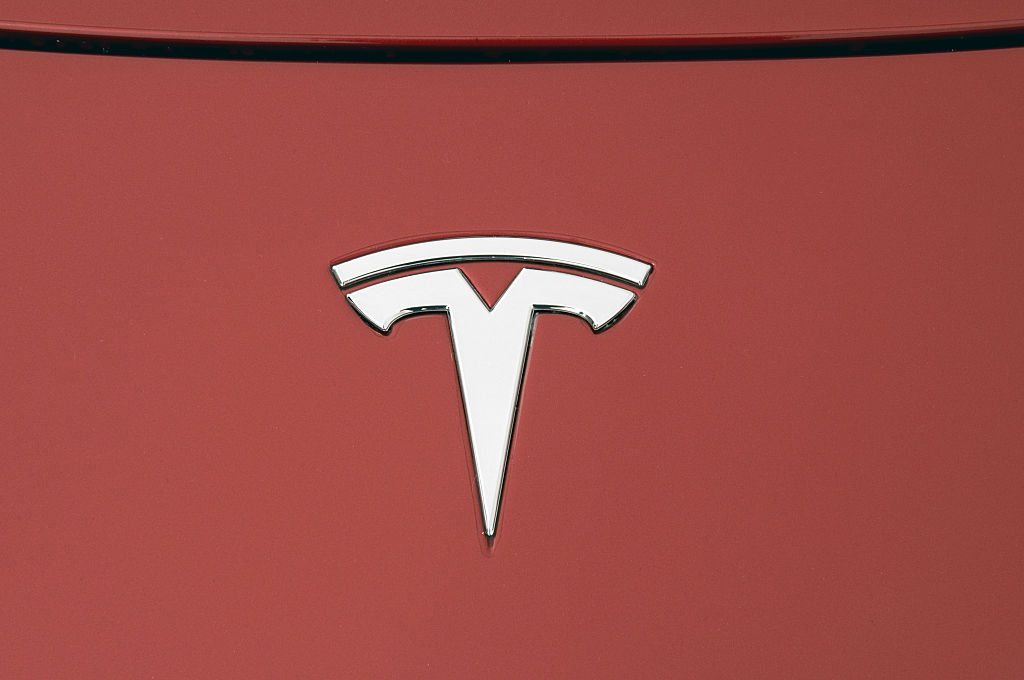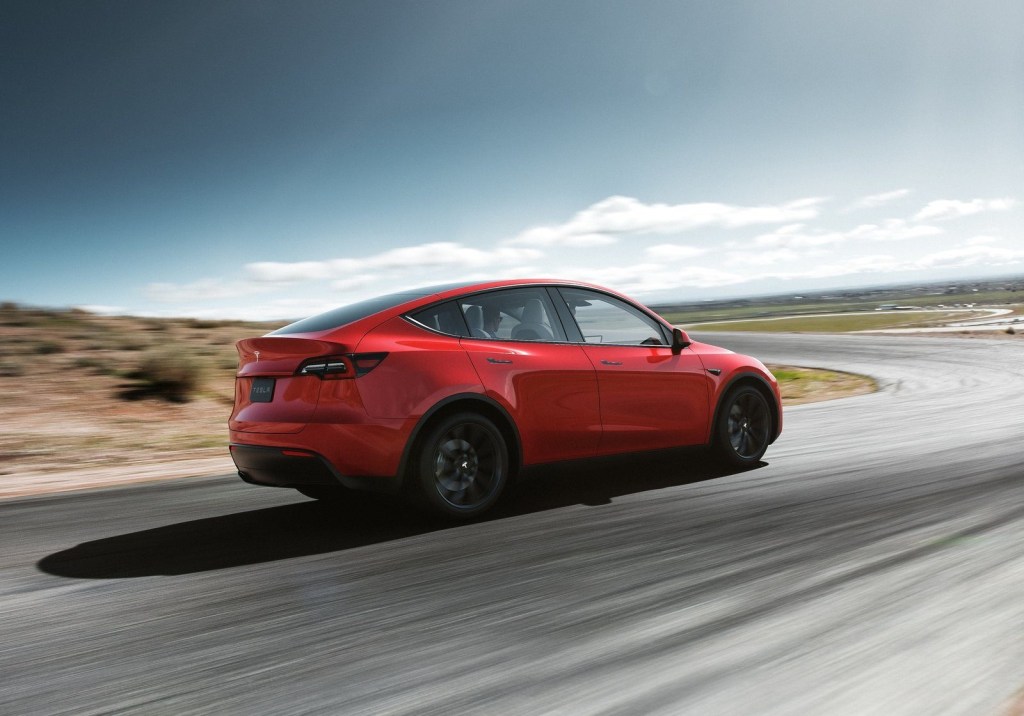
Tesla Using In-Car Cameras In Legal Crash Disputes
With Level 2 driver-assistance systems comes a ”cabin camera” with a watchful eye on the driver. It monitors the driver’s face to record drowsy driving or the driver’s eyes being distracted. And it is important for the system to monitor the driver. There are situations that driver-assist can’t compute. In those cases, it will regularly handoff control back to the driver. But if the driver is not paying attention when there is a handoff things can get nasty in a hurry. But Tesla’s cameras are doing something else.
Consumer Reports has a big problem with Tesla’s in-car cameras
Consumer Reports has a big problem with Tesla’s system. The camera is located above the rearview mirror and keeps a steady eye on the driver’s face. It is normally off in new Model 3 and Model Y Teslas unless the driver enables it.

If enabled it will create a video recording that Tesla receives. It shares the period leading up to a crash or in case of automatic emergency braking. Tesla says this helps it “develop future safety features and software enhancements.” Unlike Tesla’s monitoring system most other systems are closed-loop as with Cadillac’s Super Cruise driver assistance technology.
Cadillac’s system features cameras working with infrared lights
In Cadillac’s case, the system features a camera that works in conjunction with infrared lights. It scans the driver’s eyes and head position. When the system sees driver distraction or impairment it produces audio and visual warnings to jolt the driver’s attention back onto the road. What it doesn’t do is record video images, store the information, and share information with the manufacturer.
But Tesla’s system does those things. Some argue that the point of such systems should be to aid the driver as Cadillac does. When it detects a problem it notifies the driver. That warning works to protect the driver. In Tesla’s case, it only records what is happening but provides no aid to the driver. And Tesla is using it in court cases to protect itself.

“We have already seen Tesla blaming the driver for not paying attention”
CR’s program manager for vehicle interface testing is Kelly Funkhouser. She says, “We have already seen Tesla blaming the driver for not paying attention immediately after news reports of a crash while a driver is using Autopilot. Now, Tesla can use video footage to prove that a driver is distracted rather than addressing the reasons why the driver wasn’t paying attention in the first place.”
What CR is concerned over is that consumer data can be used “for other business purposes.” Another concern brought up by CR is passenger privacy. Passengers don’t automatically consent or are even aware of the fact they too are being recorded. Shouldn’t they be made aware and shouldn’t they have a say whether the system stays on or off?
So, shouldn’t the Tesla system be an aid to reducing driver distraction rather than to only record the driver moments before an accident? Right now it is a function for determining fault after a crash rather than as a deterrent for accidents altogether. Even a compromise of adding a warning function to Tesla’s system seems a much better use of the technology, doesn’t it?



